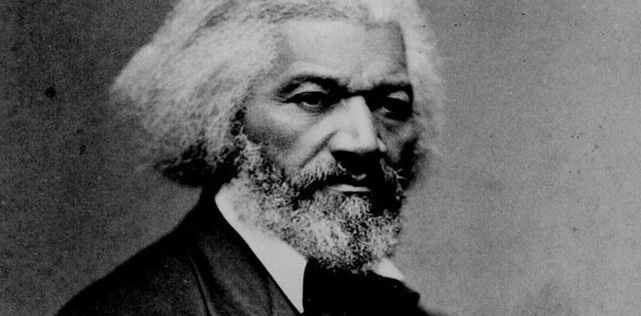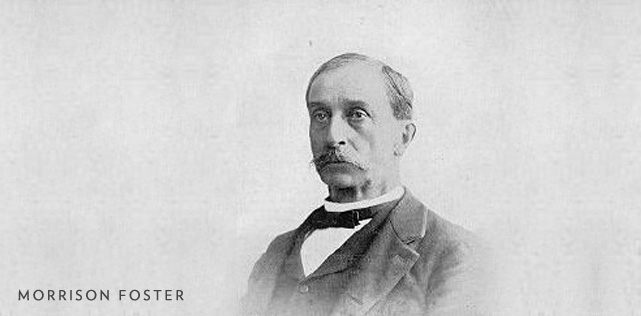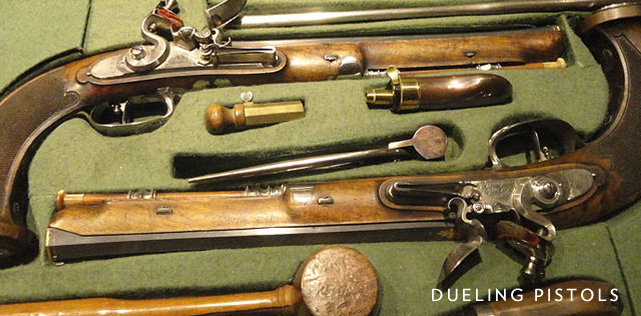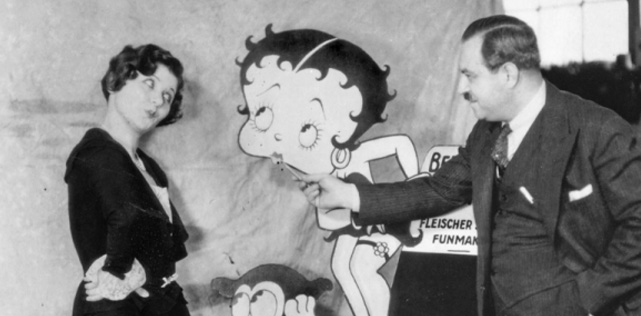Recently, with all new tours, new events, and never before seen experiences being built into My Old Kentucky Home, people are discovering a new side to the historic site that has for generations held a special place in the hearts of Kentuckians both at home and abroad.
Tours of the historic mansion now feature talented guides that sing the famous song, “My Old Kentucky Home, Good-Night!” written by Stephen Foster in 1852. The song “My Old Kentucky Home” is Kentucky’s state song, the song of the Derby Post-Parade, and still to this day brings tears to the eyes of those who sing its refrain. There may be a few things you didn’t know about My Old Kentucky Home, and those interesting facts are listed below. Enjoy!
10. My Old Kentucky Home's name is actually "Federal Hill."
The original owners of My Old Kentucky Home weren’t British, but the British custom of naming houses was popular during the time My Old Kentucky Home was constructed. The mansion and farm known as My Old Kentucky Home was originally named “Federal Hill,” in honor of the Federalist Party, a political party which no longer exists.
9) The song “My Old Kentucky Home” is inspired by an abolitionist novel.
When Stephen Foster wrote “My Old Kentucky Home, Good-Night!,” he was inspired by Harriet Beecher Stowe’s abolitionist novel, Uncle Tom’s Cabin. The song My Old Kentucky Home is highly regarded as one of the most important compositions in American history. As the song gained popularity during the time period, the song may have aided the abolitionist cause that spread throughout the nation according to African-American abolitionist Frederick Douglass who commented that My Old Kentucky Home “awaken(s) sympathies for the slave, in which anti-slavery principles take root, grow, and flourish.”
8) A derby announcer once caused a pretty-big ruckus in the Commonwealth of Kentucky about Stephen Foster.
During a live airing of the Derby in 1977, a television announcer questioned whether or not Stephen Foster had ever visited Federal Hill and was thereafter vilified by the Kentucky community at-large. However, information on the subject wasn’t academically established at the time and the responsibility of citing Foster’s visit fell back on historians. After months of digging through what seemed to be endless records, it was concluded that Foster visited Federal Hill. Foster’s brother Morrison wrote about Stephen’s visit to Federal Hill in correspondence letters. Even their sister Charlotte Foster who wrote of her admiration for John Rowan and an ill-timed marriage proposal from Atkinson Hill Rowan died while living with the Rowans after having stayed with them for more than a year.
7) The same artist that painted the Quaker Oats man, Playboy Magazine Covers, and the Coca-Cola Santa Claus also painted My Old Kentucky Home. Twice.
Haddon Sundblom was one of America’s most beloved painters in the mid-20th century. He was commissioned by Robert Hensley of the Life Insurance Company of Kentucky to paint My Old Kentucky Home. The image was so well loved that Hensley quickly commissioned a second painting of the mansion at night from the opposite angle.
6) In Kentucky, when taking the oath of office, even today you still must promise you have never fought a duel – and that’s because of notorious duels like the one fought by John Rowan.
In the early 19th century, the owner of My Old Kentucky Home, John Rowan, fought a duel with a local doctor over a senseless matter. (Take the mansion tour to find out more!) Both gentlemen met at their specified dueling location, were given dueling rules, walked out the appropriate number of paces, and took shots at one another to defend their honor. After killing the town doctor, Rowan was nearly jailed, could have been executed, but was absolved of any wrong-doing since all of the formal rules of dueling had been followed. Rowan vowed to never fight a duel again, and indeed he did not. The Rowan-Chambers duel is one of the many notorious duels that led to Kentucky legislation that is still upheld today requiring that state officials, attorneys, public notaries, and school board members must promise in their oaths that they have never fought, nor been a “second” in a duel.
5) My Old Kentucky Home owns a trophy that has never been used called the “Kentucky Bowl”
In the mid 20th century, glass artists at the famous Steuben glass works created a glass trophy bowl known as the “Kentucky Bowl,” which was presented to the Governor of Kentucky and the mansion in 1949. The piece features perfectly etched race horses circling the rim with the title of the piece etched into the flawless crystal body. When choosing where to keep the bowl, it was decided by Kentuckians that the bowl should stay with their most cherished landmark, My Old Kentucky Home.
4) The first cartoon with spoken words ever created was named “My Old Kentucky Home.”
The animated cartoon named “My Old Kentucky Home” is the first ever attempt at including animated dialogue in cartoon history. Those first spoken words are: “Follow the ball, and join in, everybody!” The animation was released in June of 1926, two years before Steamboat Willie. The cartoon was created by Max and Dave Fleischer of Fleischer Studios in New York city. The animation also features the song, “My Old Kentucky Home.” Max and Dave Fleisher also created Betty Boop, Popeye the Sailor Man, and the 1940s Superman cartoons.
3) Proper manners and in some cases, regulations, require you to remove your hat during performances of “My Old Kentucky Home.”
When My Old Kentucky Home became Kentucky’s state song, proper decorum was created to be observed during its performance. At state functions and guard functions, hat removal is required. During performances at functions of city and local governments in Kentucky hat removal is also required. Other groups such as the Kentucky Colonels, Rotary, Kiwanis, Kentucky’s colleges and universities all encourage removing one’s hat. Women are exempted from removing their hats (Good thing, since Derby hats can be quite complicated!) as is the custom for the National Anthem.
2) Virtually every horse that has ever run in the Kentucky Derby has bloodlines that are connected to horses that were owned by My Old Kentucky Home’s original owners.
John Rowan dabbled in many hobby projects and any lucrative business project that he could find. He was a thinker, an experimenter, a statesman, and could craft a poignant speech that would sway opinions and bring people across aisles. Being a Kentuckian, John also dabbled in horse breeding. His horses “Slipper” and “Rifle” had extremely notable bloodlines and are connected to virtually every horse that has ever run in the Kentucky Derby.
1) My Old Kentucky Home’s global notoriety continues to grow daily. It’s estimated that there are currently over 2,500 published versions of the song and that number is increasing.
It’s a song that just won’t stop. For over 150 years, the song My Old Kentucky Home has been performed by countless music artists, has been featured in movies, television shows, is taught in schools all over the world, and has impacted our global culture. New versions of the song are uploaded online everyday and millions will reference My Old Kentucky Home in some way on social media every year. The song has been covered, re-written into imaginative alternative new songs, and its melody has been deconstructed and reimagined. From the great artists of the past including Louis Armstrong, Judy Garland, Bing Crosby to artists who have changed the song’s composition or context in modern times like Johnny Cash, Three Dog Night, and even Johnny Depp, My Old Kentucky Home has spanned the ages.













